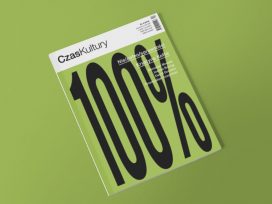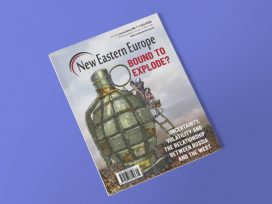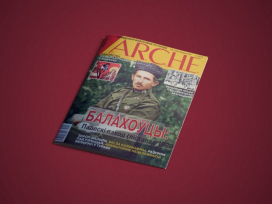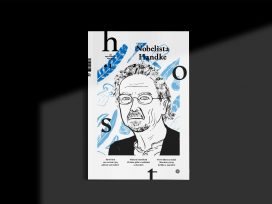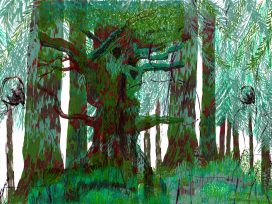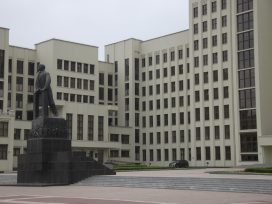The history journal remembers bitter fights over Belarusian territories after WWI and recalls the ambiguous legacy of a nationalist icon. Also, German propaganda and psychological warfare in Belarus between 1941 and 1944.
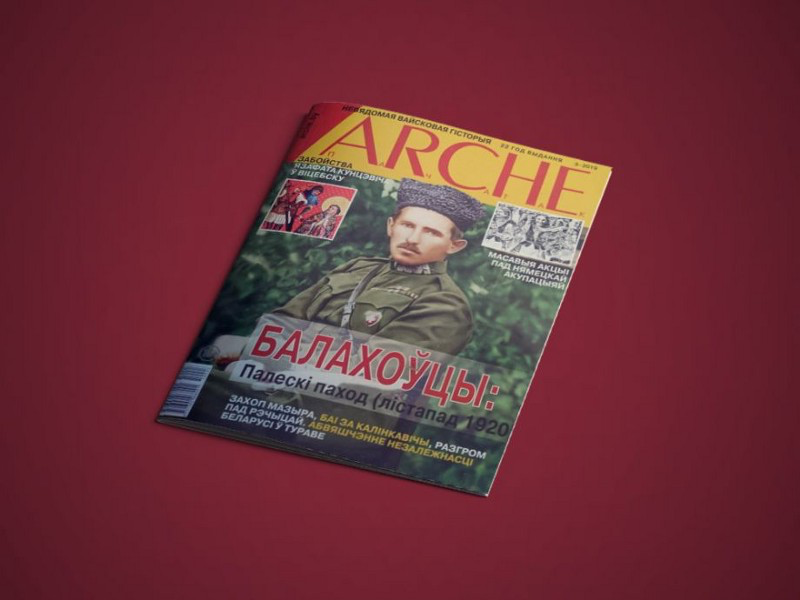
Military history
Based on material from an archive in Moscow, Uladzmir Lyachouski presents the memoirs of two officers who served in Balakhovich’s unit on the side of Poland during its war with the Soviet Union. After peace talks began in August 1920, the army moved to southern Belarus, where it pushed back the Bolsheviks. From there Balakhovich attempted to bring the Polesia region, including the towns of Turau and Mozyr, under its control and to resurrect the Belarusian Republic that had collapsed in 1918.
Antisemitism
The memoirs are valuable not just because of their descriptions of everyday life and the role of the ‘Belarusian idea’, but also for their description of the antisemitic violence that Balakhovich’s men incited against the Jewish population. ‘The systematic pogroms turned the army into a band of outlaws’, writes Pavel Aleinikau. ‘The majority of officers and soldiers were against violence, but for the Synki (Balakhovich’s loyal followers) the pogroms were the real goal of the war.’ The memoirs allow for the controversial and mythical figure of Balakhovich to be clearly understood for the first time.
Propaganda
German historian Babette Quinkert writes on German propaganda and psychological warfare in Belarus between 1941 and 1944. A central role is taken by festivities such as Mayday, which the Nazis orchestrated in order to impose their political goals on the Belarusian population. This only deepened nationalist yearning for an independent Belarus, something clearly illustrated in the accompanying images of posters bearing slogans such as Zhyvie Belarus! (Long live Belarus!)
More articles from Arche in Eurozine; Arche’s website
This article is part of the 2/2020 Eurozine review. Click here to subscribe to our reviews, and you also can subscribe to our newsletter and get the bi-weekly updates about the latest publications and news on partner journals.
Published 13 February 2020
Original in English
First published by Eurozine
© Eurozine
PDF/PRINTPublished in
Newsletter
Subscribe to know what’s worth thinking about.
Related Articles
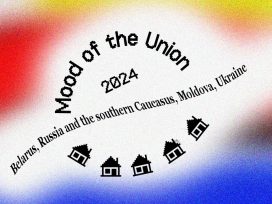
Europe turns east
Armenia, Azerbaijan, Belarus, Georgia, Moldova, Ukraine
Russia’s war of aggression in Ukraine has put eastern Europe firmly at the centre of the EU’s foreign policy agenda and given fresh impetus to reforms by candidates for EU membership. But with rightwing movements gaining ground, support for Ukraine and EU enlargement is under threat.

Refugees coming to Europe face a de-humanizing process wrought with violence, both physical and structural. Protectionist rhetoric is being used to justify aggressive border regimes. And, in Gaza, already displaced civilians are being targeted while unable to leave Rafah –Israel’s escalation of bombardment, a breach of international human rights law.
